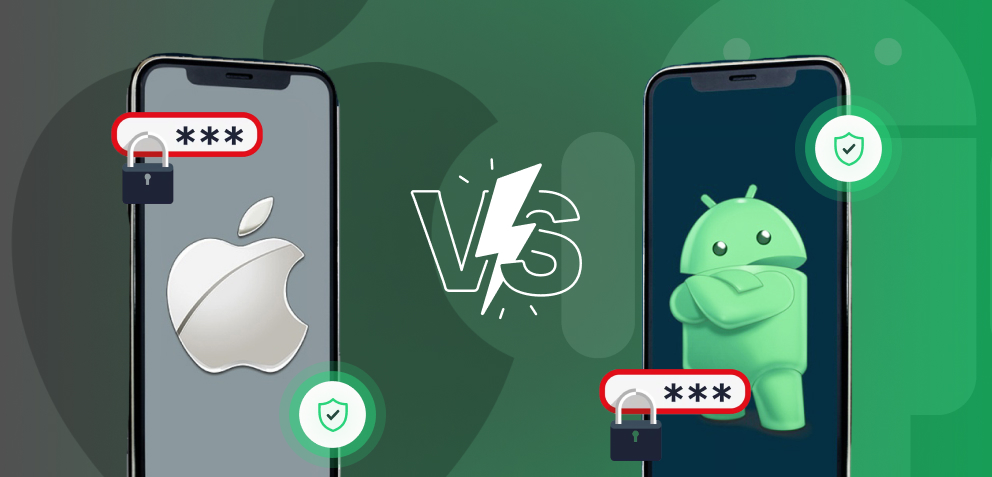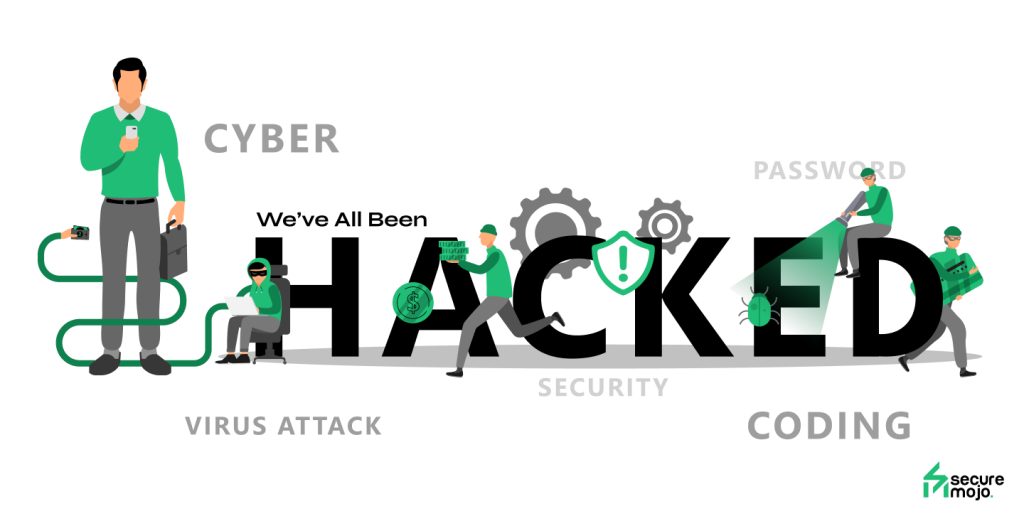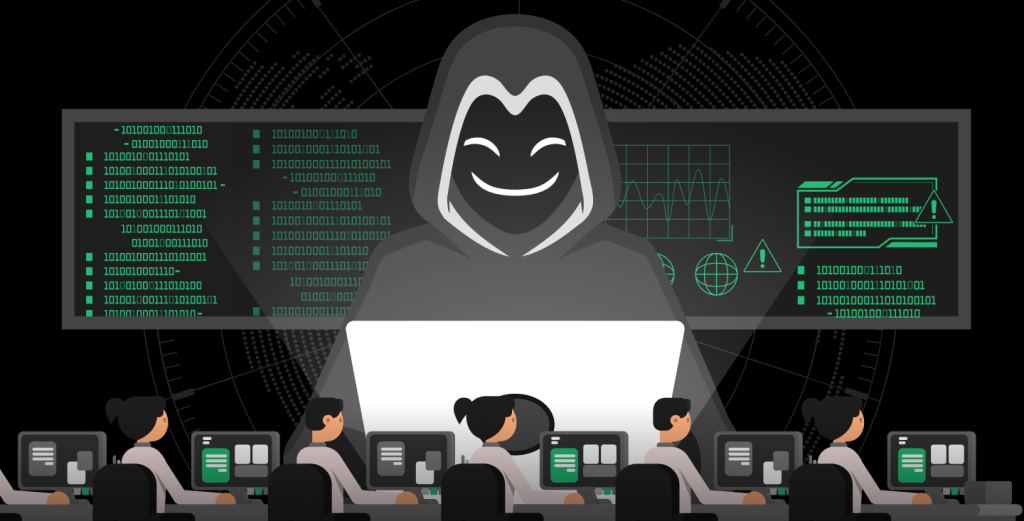Imagine this: You open your laptop in the morning. Instead of your usual dashboard, a chilling message fills the screen: “Your files are encrypted. Pay up or lose everything.” This isn’t a Hollywood movie scene anymore—it’s a 2025 reality that could hit anyone, not just big corporations.
From Basement Hackers to Billion-Dollar Cyber Empires
Ransomware has evolved into a multi-billion-dollar global operation. These aren’t hooded hackers typing in basements anymore. They’re running professional crime syndicates with customer support teams, marketing strategies, and scalable attack methods. And they’re not just targeting Fortune 500 companies. They’re coming for everyone—freelancers, retirees, small business owners, even your neighbor who just shops online.
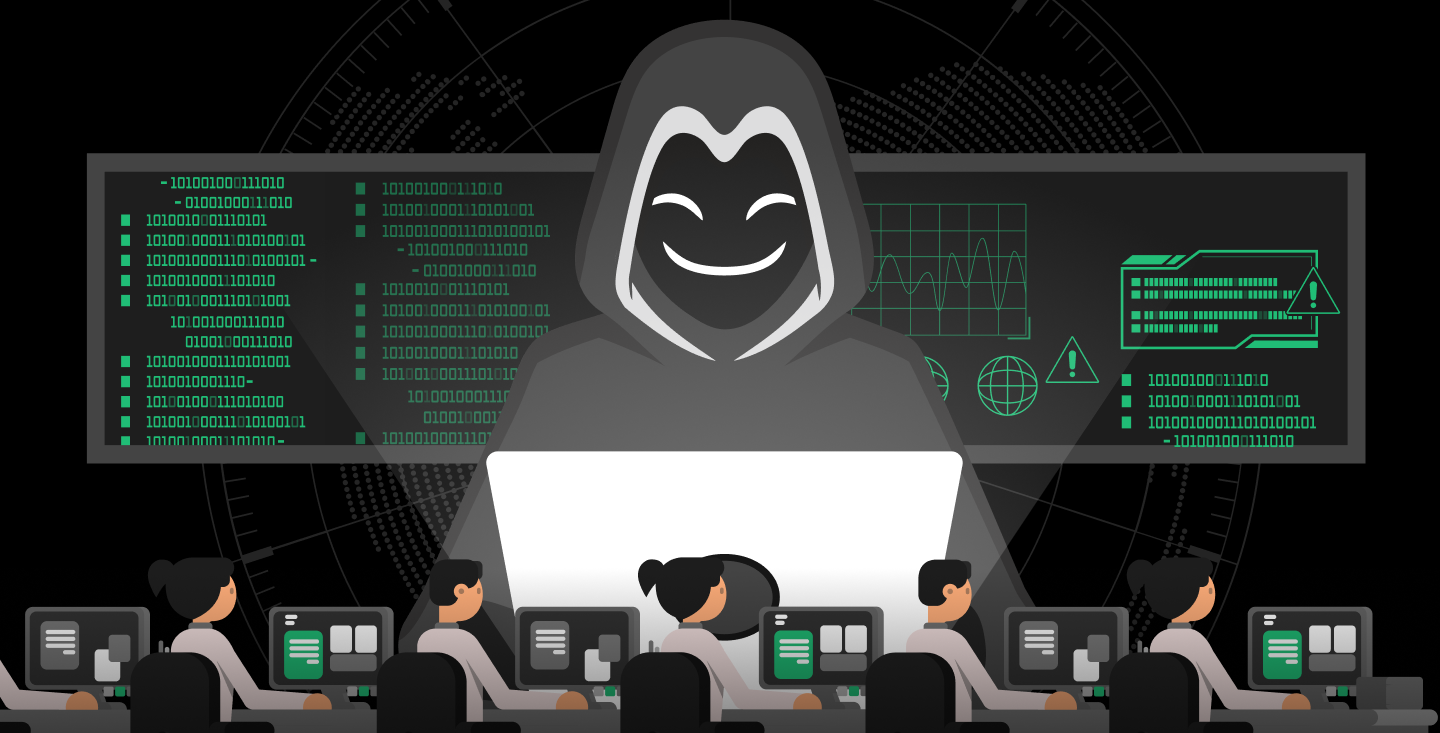
Take KNP Logistics, a 158-year-old transport company in the UK. One weak password was all it took. Hackers slipped in, locked systems, and demanded an impossible ransom. The result? 700 jobs gone and the end of a company that had survived two world wars.
Or consider Frederick Health, where nearly one million patients’ medical records were exposed in a ransomware attack earlier this year. Names, diagnoses, Social Security numbers—all stolen and sold. These attacks didn’t just freeze files. They weaponized stolen data, threatening to leak sensitive information unless ransoms were paid.
AI Is Making Hackers Unstoppable
So, what’s changed? In 2025, cybercriminals are armed with AI-powered tools that can craft flawless scam emails, mimic your boss’s voice on a phone call, and create perfect fake websites to lure you in. This isn’t just digital lock-and-key extortion anymore. Gangs first steal your data, then threaten to leak your private photos, financial details, or personal messages. Some even harass your contacts to pressure you into paying up.
And it’s not just shady links. Hackers are sneaking malware into legitimate app updates—popular workout apps, browser plugins, even software you trust—infecting thousands before anyone catches on. Security measures like multi-factor authentication used to be our stronghold. Now, attackers trick you into giving up your security codes or overwhelm you with endless approval prompts until you cave.
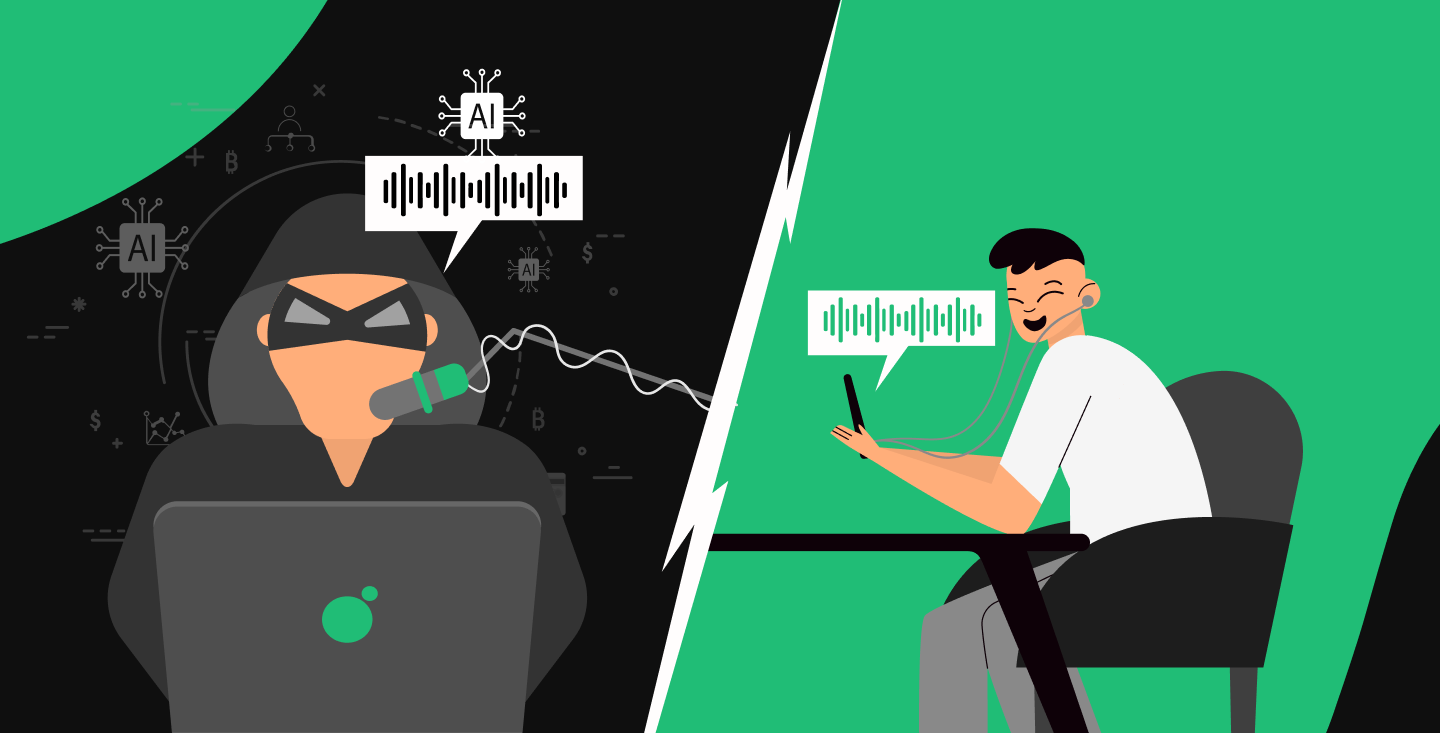
These aren’t isolated incidents. Just recently, a fitness app update laced with ransomware blindsided thousands of health enthusiasts. A small-town bakery owner clicked on what looked like a routine invoice email—only to lose access to all customer records, with hackers demanding $1,500 in crypto. Others have reported terrifying phone calls from voices perfectly cloned to sound like their loved ones, leading to malware downloads and data theft.
The biggest lesson? Ransomware is no longer just a corporate IT problem—it’s personal.
If century-old businesses and million-dollar hospital systems can fall, so can you.
Ransomware thrives on fear and silence—but awareness is its greatest enemy.
Here’s the thing: Staying safe in 2025 doesn’t require a tech degree or expensive tools. It’s about adopting smart, everyday habits that act as your shield. Keep every device updated—from your smartphone to your smart TV. Stop recycling weak passwords, and instead, let a password manager create strong, unique logins for each account. Enable multi-factor authentication everywhere possible, but stay vigilant against attempts to trick you into sharing your codes. Before clicking on any link, pause. Verify that unexpected, urgent message before it compromises your entire system. And perhaps the simplest yet most overlooked step: back up your files regularly to the cloud or a secure offline drive. If ransomware strikes, you won’t have to beg cybercriminals for your data—you’ll already have it safe.
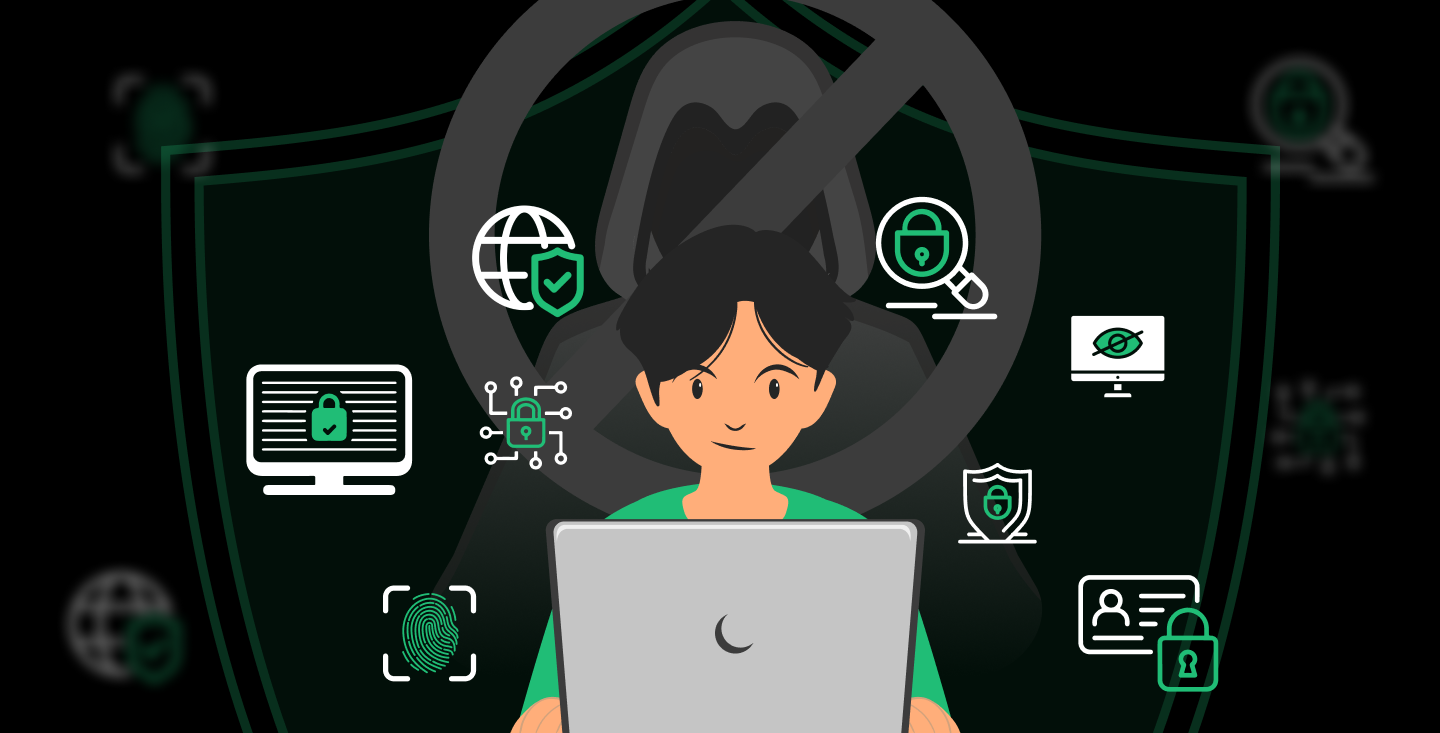
Cybercriminals are using AI to attack you. It’s only fair that you let AI defend you. Modern security tools use artificial intelligence to detect suspicious activity, block malicious logins, and warn you about phishing scams long before you notice them yourself. If, despite all precautions, you do fall victim, don’t panic—and definitely don’t pay. Disconnect your device from the internet, contact a professional or cybercrime helpline, and look for free decryption tools that law enforcement and security companies regularly release.
Ransomware thrives on fear and silence, but you can fight back. Think of cybersecurity as brushing your teeth—you don’t need to be an expert; you just need consistent, healthy habits. In 2025, defense is personal. Share this guide with someone you care about, start conversations about digital safety, and together, let’s slam the door on ransomware once and for all.
